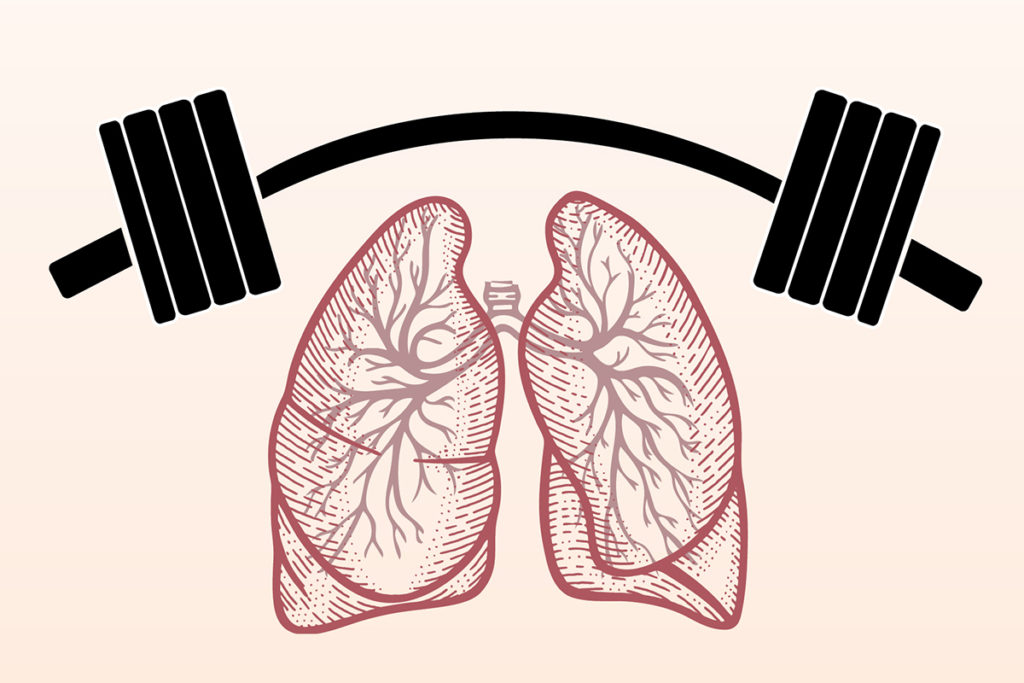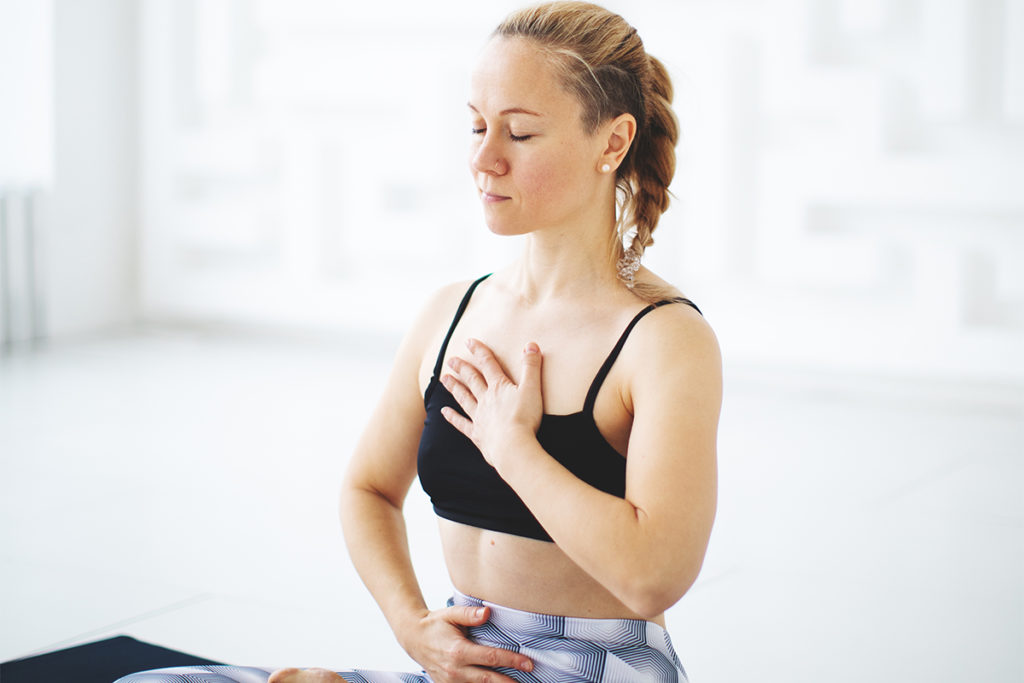Sponsored Content
Breathe More Efficiently and Effectively While Exercising
Harness the breath to calm the mind, fuel the body and gain a competitive edge.

Breathing is something we do every minute without actively or consciously thinking about it, but it’s a fascinating process that is essential to life.
As mindful movement practitioners for more than 20 years, Merrithew™ Master Instructor Trainers Moira Merrithew and Kim Kraushar have both researched the science of breathing extensively, informing the evolution of Merrithew’s mind-body modalities.
“Once I started experimenting with different breathing techniques, I realized that there was so much more to this natural phenomenon than we ever thought before,” Moira said.
There are many different ways to breathe and each breathing technique is designed to elicit a specific response.
Here we look at some of the different breathing techniques and explain how you and your clients can harness the breath to calm the mind, fuel the body and gain a competitive edge.
1. Practicing a Healthy Breath Pattern
For many people, the stress and strain of modern life has thrown off their natural breathing pattern. When in a constant state of fight/flight/freeze, the heart rate and breathing rate become shallow, rapid and irregular.
“Compared to other body systems, breath is unique because it is an automatic, unconscious act that we can override and control at will. When you consciously alter your breathing, you can influence many other systems in the body, like heart rate, blood pressure, hormone production and more. The breath is the gateway to the autonomic nervous system,” Kim said.
A helpful first step is to simply become aware of the breath without trying to control or manipulate it.
“You learn a lot about yourself when you witness your body in a variety of situations, breathing by itself,” she said.
Three key concepts of healthy breathing:
- Breathe in and out through the nose with your mouth closed, jaw relaxed, tongue resting on the roof of the mouth with the tip of the tongue behind the teeth
- Breathe slowly, approx. 10-12 breaths per minute, and rhythmically
- Breathe less. We tend to breathe at a higher volume than is actually necessary to serve our body. Breathing more than we metabolically need negatively affects the body just like eating more than we metabolically require stresses most of the body systems
2. Using Pilates Breathing to Support Exercise and Movement
When exercising, you can use your breath to support you in executing the movements and to enhance the performance benefits.
The STOTT PILATES® repertoire suggests certain breath patterns to support the movement or motion of the exercise; however, the process of exploring breath is flexible and adaptable to your needs, allowing for educated choices.
Breathing is an important tool used in Pilates and generally follows this pattern:
- When you take a breath in, you naturally straighten up. So when an exercise requires lengthening or extension, most often an inhale will make the most sense
- When you’re exhaling, you naturally curl inwards. So when performing a flexion exercise, it makes sense most times to exhale
Keep in mind that when determining what type of breathing is going to be most effective, individual responses are important and must be taken into consideration.
There are so many breathing approaches, strategies and techniques. Instead of becoming fixated on whether you or your clients are ‘breathing correctly,’ use your classes as an opportunity to encourage greater intention and mindfulness of the breath— and watch your clients walk out feeling better than before.
The goal of Merrithew’s modalities is to create awareness of the importance of the breath, so you and your clients can learn to leverage this powerful tool in your everyday life.
Discover the benefits of mindful movement with a 14-day free trial to Merrithew Connect™






